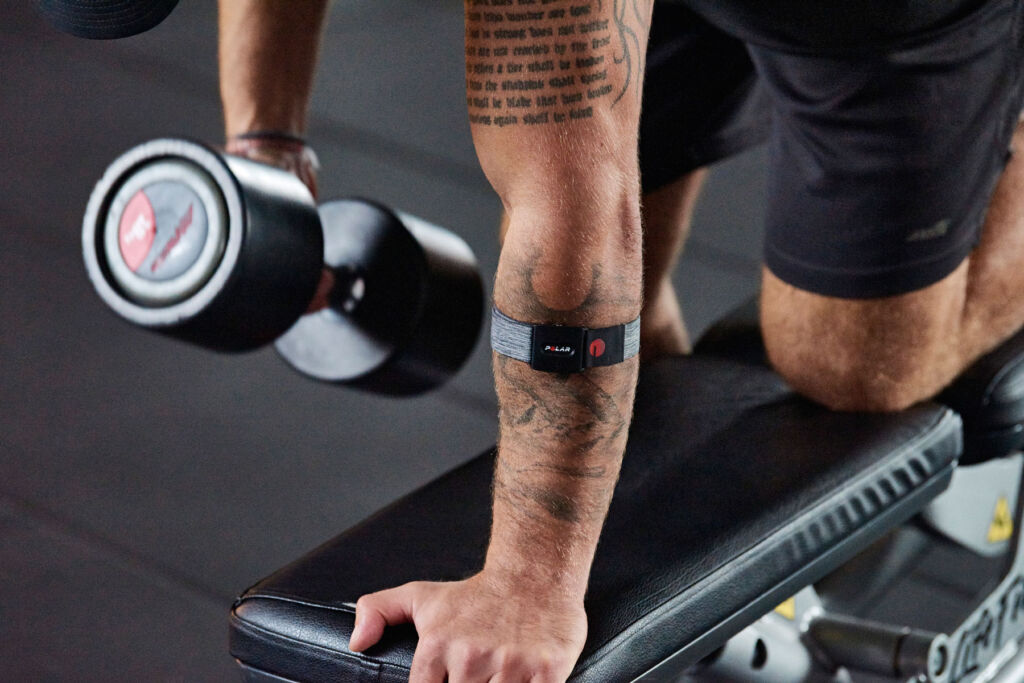
Fitness tech brand Polar created the world’s first heart rate monitor back in the 1970s. The innovative Finnish brand has now upped the ante with the Verity Sense. We decided to put this new armband-based heart rate monitor to the test.
Heart rate monitors are fantastic tech for anyone who exercises regularly, especially cyclists, runners and triathletes. Using heart rate data helps you train more intelligently and stay within the zone you want to work in. Sometimes, you’ll want to keep your heart rate low, and other times, you’ll want to go all out. Using a heart rate (HR) monitor helps you stay on track.
There are lots of styles of HR monitors available, including armbands and chest straps. You can also use a smartwatch, though a dedicated monitor tends to give you a more accurate reading.
I’d heard great things about the Polar Verity Sense HR monitor. So I got hold of one and put it to the test.
Who is Polar?
If you haven’t heard of Polar, it’s a Finnish brand that invented the world’s first heart rate monitor back in the 1970s. At the time, there was no accurate way to measure heart rate during training. Forty years later, Polar is still at the forefront of HR tracking technology, and its sensors are used by athletes worldwide.
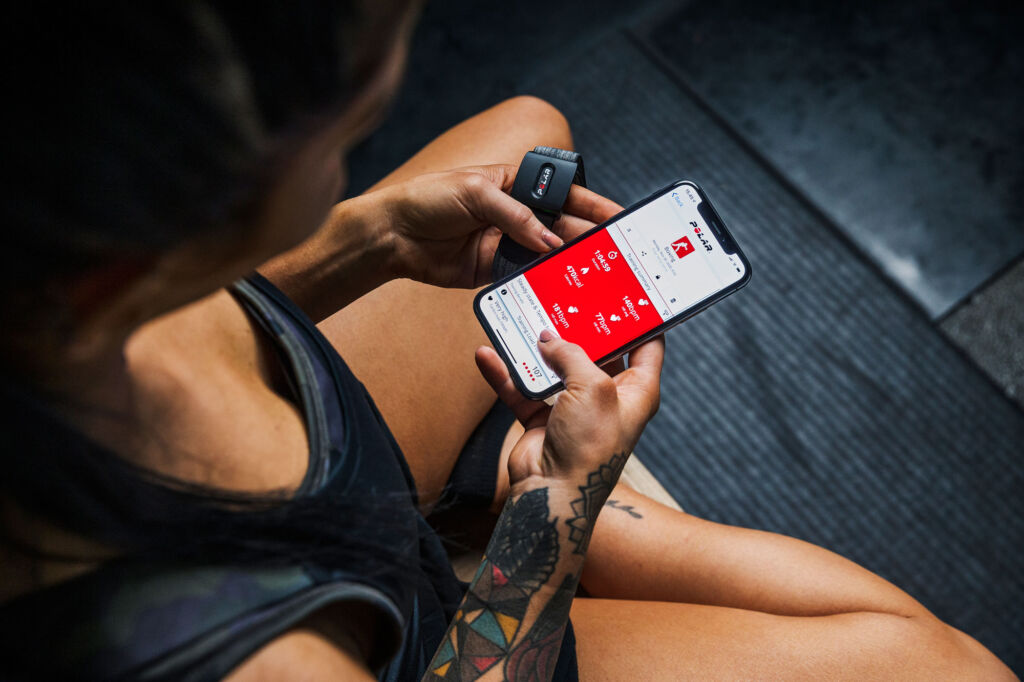
The main features of the Polar Verity Sense
Comfortable and lightweight
The Polar Verity Sense is a hassle-free HR monitor. It gives you real-time heart rate data, as well as swimming and recording functions.
I’m a big fan of the Sense’s armband style. I find traditional chest strap monitors clunky and distracting. The Verity Sense doesn’t wrap around your chest. Instead, it’s designed to be worn on your lower or upper arm, which is a lot more comfortable, especially if your workouts involve a lot of movement.
It’s also featherlight, weighing just 5 grams and one-size-fits-all. You can adjust the fabric band as much as you need using the secure mechanism, and the armband is machine-washable, too, which is a nice bonus.
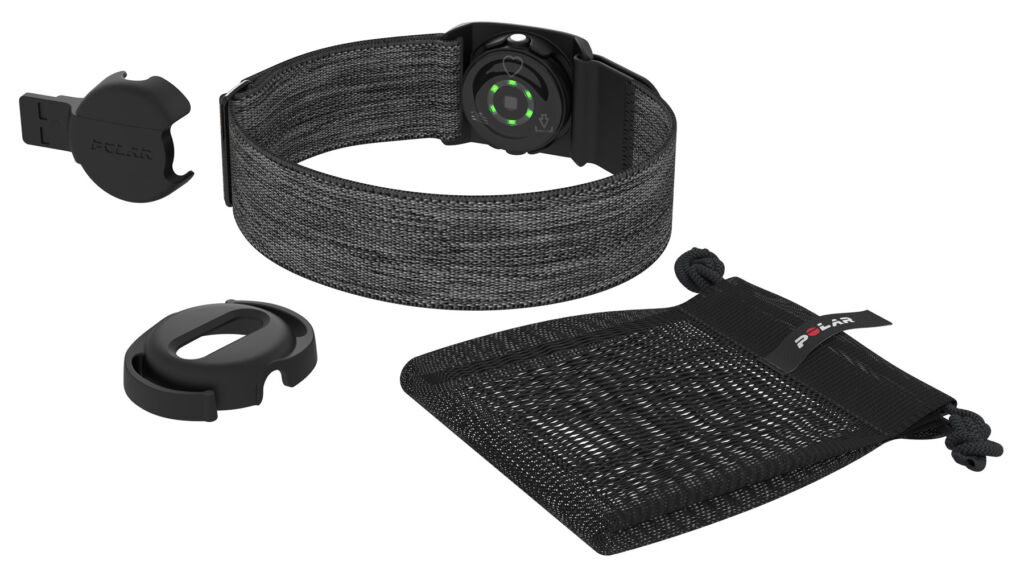
Rechargeable battery
Unlike chest strap HR monitors, you need to turn the Verity Sense on to start tracking. You also need to remember to turn it off when you’re finished. It didn’t cause a problem for me; it’s just something to bear in mind if you’re used to Bluetooth sensors that power on automatically when you give them a shake.
The Sense says it should give you up to 20 hours of battery life, which is pretty much what I experienced when testing it.
One small gripe is that you can’t view the battery status in the dedicated Polar Flow app, so it’s difficult to know when to charge it.
It’s easy to recharge using the provided charging cradle, though, and doing it this way means you don’t need to keep buying coin cell batteries as you do with chest strap monitors.
Delivers reliable data
The Polar Verity Sense measures your pulse through your skin using LED sensors.
Accuracy is where this monitor really stands out. It provided more reliable heart rate tracking than my smartwatch during testing. Polar remains the gold standard for heart rate accuracy, delivering pinpoint-accurate results that are hard to beat.
Three modes: heart rate, record, swim
The Polar Verity Sense has three easy-to-switch-between training modes – heart rate, recording and swimming.
- The heart rate mode is pretty self-explanatory, allowing you to see your heart rate in real-time on apps and other devices like bike computers and smartwatches.
- The recording mode is a handy way to record your workout without needing other devices on you, like a watch or phone. You’re then free to sync your workout to your favourite fitness tracking apps afterwards using the Polar Flow app.
- The swimming mode is where the Verity Sense beats its competitors. As far as I’m aware, no other HR monitors on the market offer this mode.
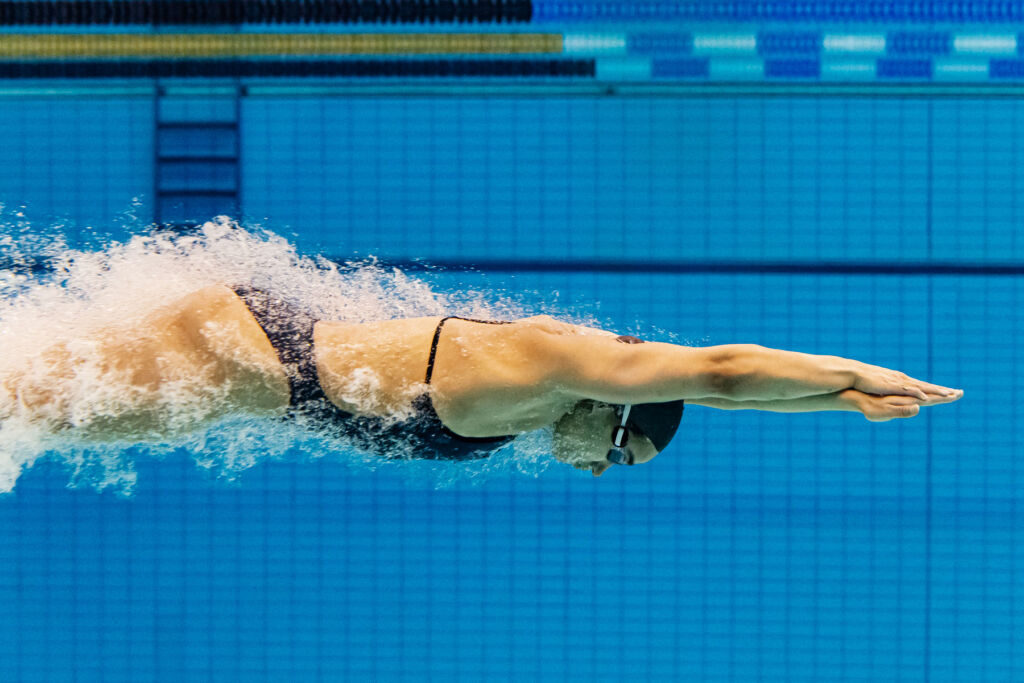
The included swimming clip keeps the monitor securely in place on your goggles while you’re in the water. It means you can measure heart rate, distance and pace in the pool or in open water, with a waterproof rating of up to 50 metres in depth.
Switching between the three modes is easy once you get the hang of it. There’s just one button which you use for powering on and switching.
If you want to use a different mode after the monitor’s been on for a while, there’s no way to do this. You’ll need to turn it off and on again. I found this mildly annoying, but it’s a small compromise for having an HR monitor that’s extremely comfortable and reliable.
There’s also an indicator light on the outside of the Sense, which shows you which mode you’re using.
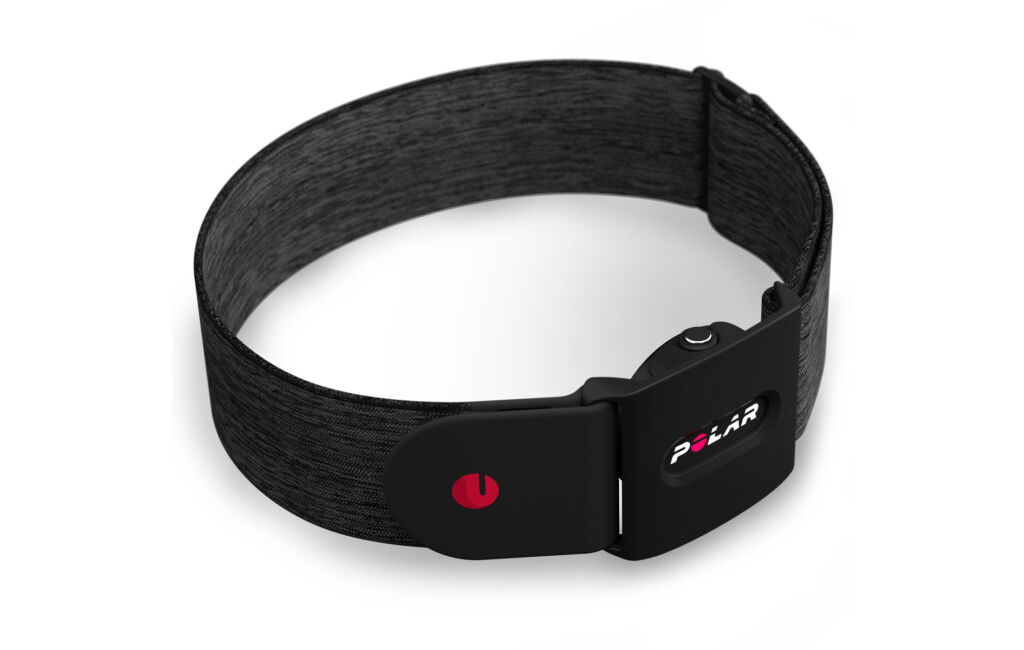
How the Polar Verity Sense performed
I’ve been testing the Verity Sense for a few weeks now, and I’ve tried it during a variety of workouts, steady-state and at high intensity, both indoors and outdoors.
It performed well each time – on my turbo trainer hooked up to Zwift (an indoor cycling app), during yoga sessions using the recording mode, out on a run connected to a Garmin watch and in the pool.
It connected to any third-party apps and devices with no problem, and the heart rate data stayed smooth with no sudden jumps, even when I quickly upped the intensity during intervals.
The setup was quick and easy, too. Don’t skip this part; you’ll need to set your pool length and check the monitor’s firmware is up to date.
Final thoughts
If you’re looking for a heart rate monitor that gives you accurate and reliable data and is comfortable to wear, even over long periods, the Polar Verity Sense is a great option.
The armband style means you can work out distraction-free without the hassle of a sweaty chest strap, and the swimming mode gives it the edge over other heart rate monitors you can buy.
Polar Verity Sense – Where and How?
The Polar Verity Sense heart rate monitor was originally launched in February 2021. You can buy it for £79.50 on the Polar website and via other online retailers.
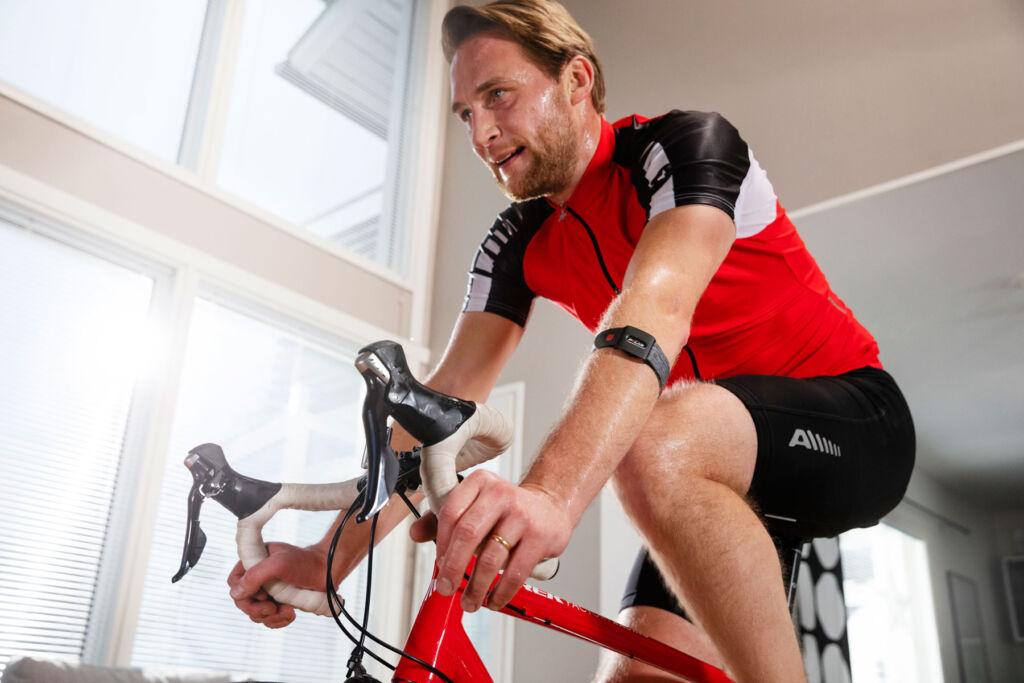
![]()




You must be logged in to post a comment.